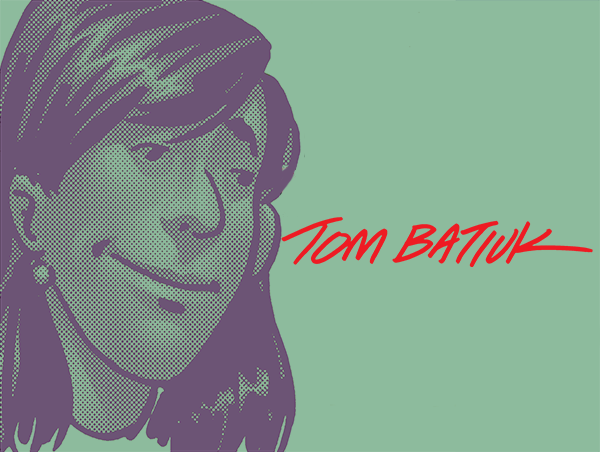×

Subscribe to Receive the Latest Updates
Subscribe to receive our monthly newsletter.
Starting in the Fall of 1965 and continuing on through my college years, my reading of The Flash entered a different period. While I was away at school, I would still buy comics but never The Flash because I had a subscription to the magazine and knew that the issues would be waiting for me when I got home. However, those home visits were usually just for a weekend and those weekends were invariably packed what with seeing my future wife Cathy, and then filling in whatever else needed to be done around that. There wasn’t much time for comic book reading, and certainly not at the intense level and scrutiny that had taken place before. The Flash, however, continued apace, and so, even though the wedding invitation had appeared in the previous issue, it was still a bit of a shock to see that Barry (the Flash) and Iris were getting married.
Normally, whenever you saw a cover like this back in the day, the big wedding event was strictly a ruse to get you to pick up that issue of Superman or Batman only to find that it was some sort of imaginary story (a redundant term, I know) or an intentionally faked plot device of some kind. Not this time. This was the real deal. Of course, the Flash book had previously broken some ground when the Elongated man had gotten married, but he was a secondary member of the cast. Plus EM had made his identity known to the public so there was no issue or writer’s dilemma about lying to his bride about his superhero identity. But for the eponymously titled book to have the lead character actually get married and stay married… well, Flashinados, that was a pretty big deal. And that’s what editor Julie Schwartz and writer John Broome decided to do. They also created a rather large problem for themselves in the process as I alluded to a couple of sentences ago. Maybe their decision the have the Flash get married was influenced by the fact that, in The Fantastic Four, teammates Sue Storm and Reed Richards were a married couple. In that case, however, their identities were already known to each other and the public at large. But here, the bridegroom Barry, is faced with two rather untenable choices. Either he tells Iris that he’s the Flash and, ippso pippso, admits to having lied to her throughout their relationship, orrrrr… he goes right on deceiving her. Neither choice is a happy one. So how does writer Broome solve the dilemma? He doesn’t. In the very last panel in the story, in a really cheesy move, he employs the Pontius Pilate ploy and has Barry break the fourth wall to ask the readers for for their advice. As cheesy things go, it could be worse (as we’ll find out a few issues hence, clever bit of foreshadowing there), but it’s hardly a satisfactory resolution and it makes Barry look like a wimp. But the editor and writer have made their marriage bed, and now they’ll have to lie about it.
The other big thing about this issue is that the story opens the door for Eobard Towane, AKA Professor Zoom, AKA The Reverse Flash, the villain with two of the lamest names in comics history, to begin to separate himself from the rest of the Rouges Gallery. He’s the one who escapes from his prison in the far future to travel to 1966 and, “with a few simple adjustments” turns an electric shaver into matter-distributer (I kid you not) that changes him to look like Barry Allen so he can replace Barry at the wedding. He imprisons the Flash in his place, but the Flash escapes and returns just in time to keep Iris from marring the wrong guy. He then battles the Reverse Flash in a super speed battle that RF loses when he finds that he hasn’t learned to run on water as the real Flash has. Even though the future police come to take RF back/ahead? to his future prison, this moment is a huge turning point in the Flash canon. I’m not sure that even John Broome knew where this was headed when he was writing this tale, and I suspect even he would have been surprised as anyone by what was to come.
One last note, the cover to this issue was a beautiful Murphy Anderson solo job which he signed by using the illuminated letters in the open bible. No need to thank me, that what I’m here for.